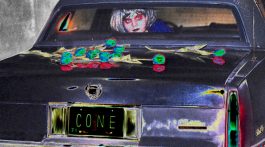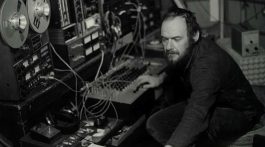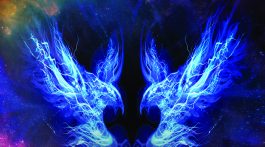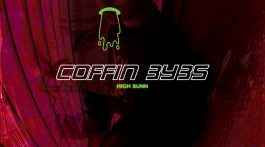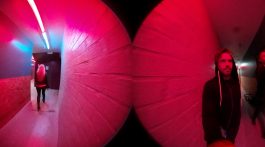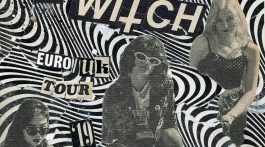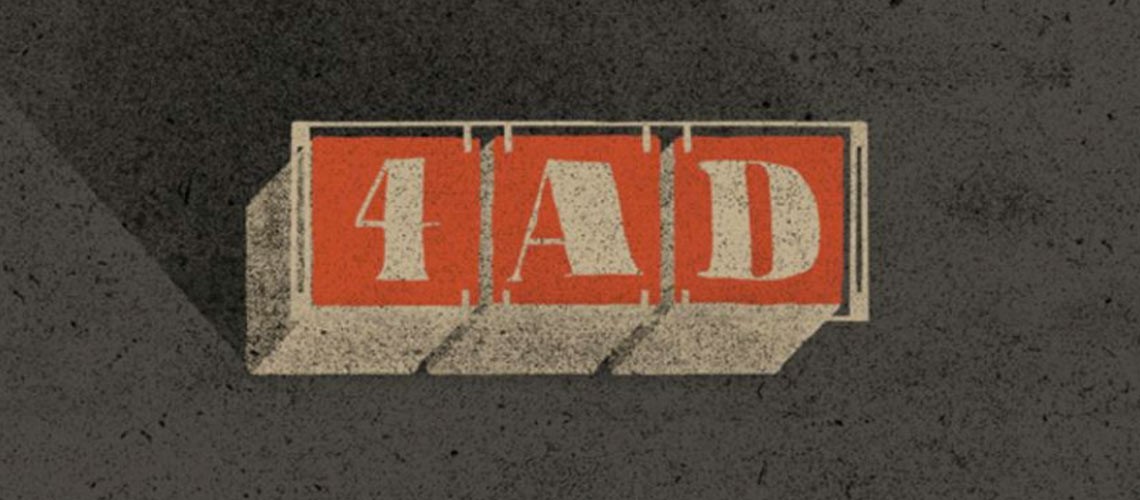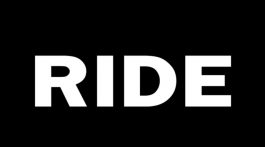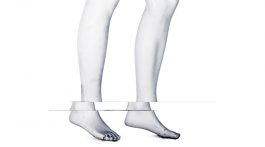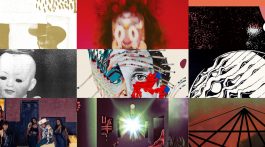In January of 1980, Ivo Watts-Russell and Peter Kent teamed up to release a Bauhaus 7-inch called Dark Entries, and 4AD was introduced to the world. Thirty-five years later, 4AD can comfortably be called one of the most influential indie labels ever.
Under Watts-Russell’s direction, the London-based label was responsible for so many foundational goth rock, post-punk, and dream pop albums throughout the ‘80s that 4AD’s image is still closely linked to the sound of these moody, murky releases. But having hadThe Breeders, Pixies and several early shoegaze bands within their ranks, the label arguably played just as instrumental a role in the development of ‘90s alt-rock. Though Watts-Russell left in 1999 (Kent had departed much earlier), 4AD has continued to put out zeitgeist-capturing records right up to the present.
Taking into account the staggering number of excellent 4AD albums that have surfaced over the last three and a half decades, it only made sense to enforce a rule of one selection per artist in this list of the label’s finest, most representative releases (sorry,Surfer Rosa).
10. PALE SAINTS – THE COMFORTS OF MADNESS (1990)
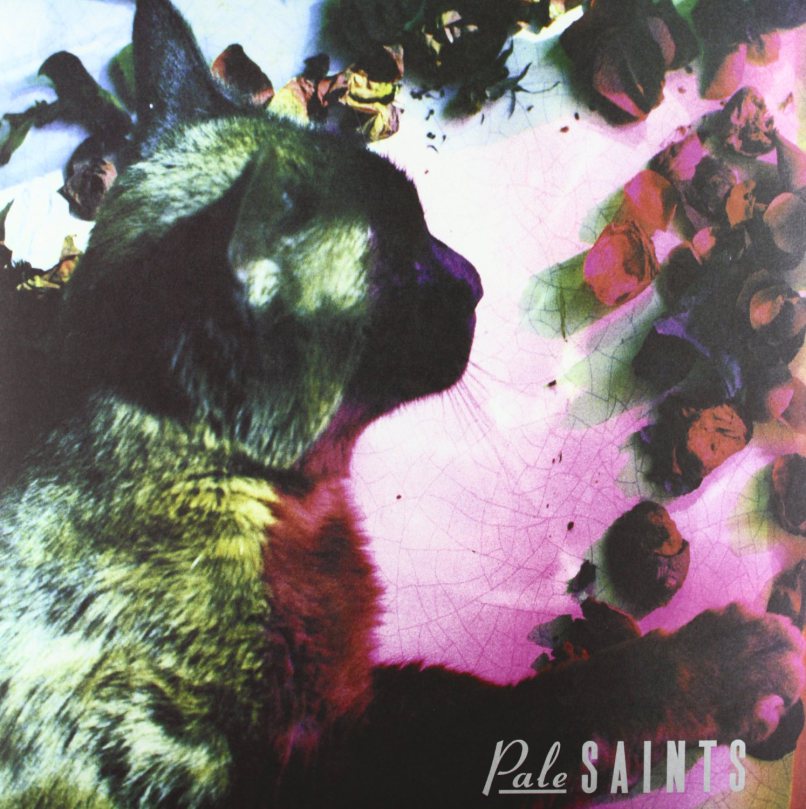
Pale Saints have long been 4AD’s best-kept secret. The Comforts of Madness, the band’s first and best album, has as much in common with the dream pop that haunted the label’s ‘80s output as it does the loud-quiet dynamics that would define 4AD’s future releases. The record functions as a singular snapshot of indie rock circa 1990, predicting the shoegaze to come while utilizing lessons learned from Cocteau Twins’ gauzy discography. Songs such as “Sea of Sound” hover and soar like Ride at their best, even while the bleary production swirls and dissipates in a manner reminiscent of Disintegration-era Cure. Yet the strangest moments (“Little Hammer”, “Time Thief”) evade comparison altogether.
9. BAUHAUS – IN THE FLAT FIELD (1980)
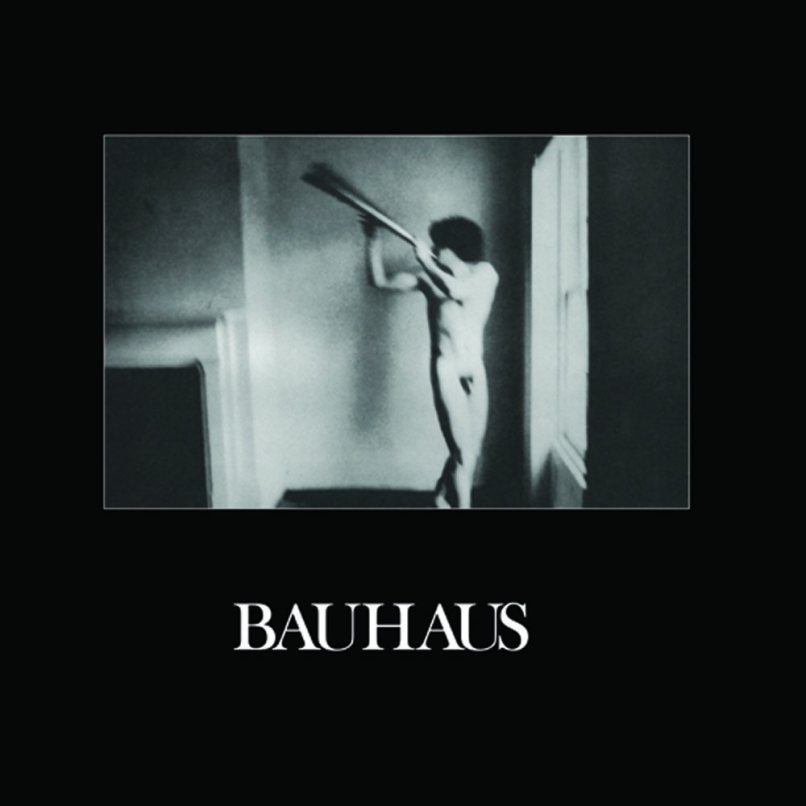
In the Flat Field remains a triumph of style over substance. This utterly decadent debut album from ghoulish pioneers Bauhaus found the band building on the early work of Joy Division and The Cure while cribbing moves from Bowie, Bolan, and The Stooges. Frontman Peter Murphy and company painted glam black and proved that post-punk could be as spectacularly indulgent as the kind of classic rock that was seriously out of vogue in 1980. Ian Curtis and Robert Smith may have been the era’s true poets of gloom, but Bauhaus made goth rock sound like a Halloween-themed orgy that could go on forever.
8. ARIEL PINK’S HAUNTED GRAFFITI – BEFORE TODAY (2010)
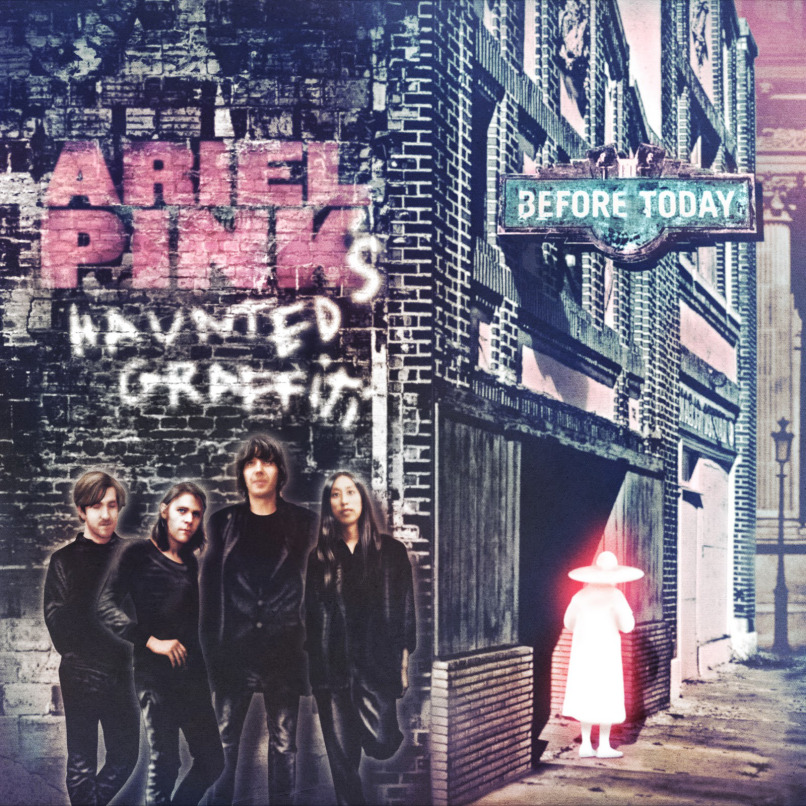
Before Today is the album that transformed Ariel Pink — formerly known as “that beat-boxing guy” — into an underground pop hero. The album also lent 4AD something it had always been missing: a sense of humor. This is an encapsulation of Pink’s obsessions, with retro-glow production holding it all together. Amidst the awful sex puns and cheeky gender studies, we get dizzyingly pretty psych-pop and melody after melody that rivals (rather than merely mimics) the highs of mainstream ‘80s pop. Best of all is “Round and Round”, a single with a star-making chorus so enormous that it alone is practically enough to warrant the album’s inclusion on this list. While Before Today is one of the funniest satirical albums released in recent years, Pink has never sounded more sincere than he does on “Round and Round”, promising to “dazzle them all.” He’s also never been more right.
7. RED HOUSE PAINTERS – DOWN COLORFUL HILL (1992)
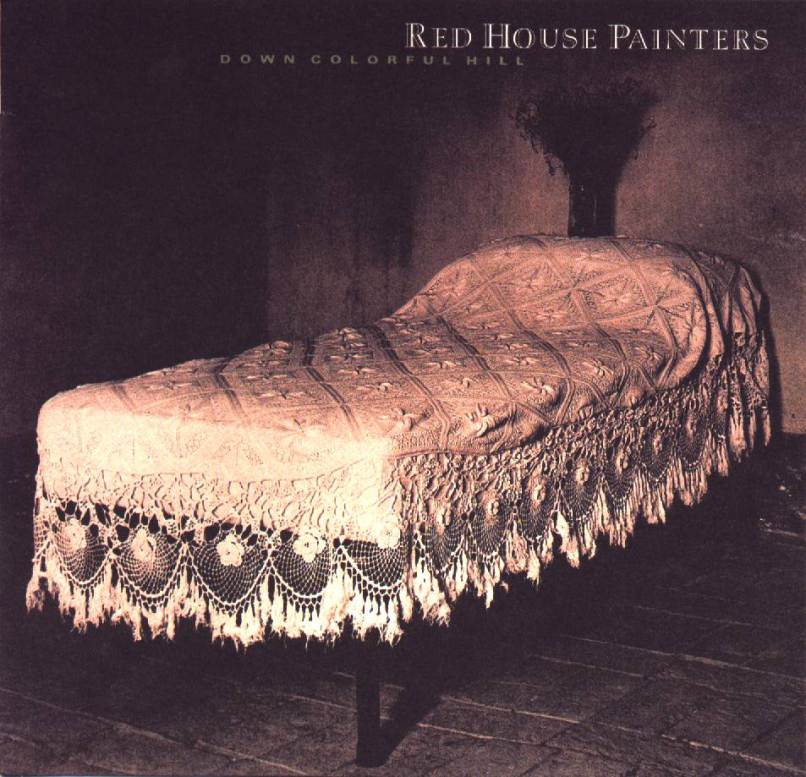
Red House Painters, led by Mark Kozelek of Sun Kil Moon notoriety, were incredibly consistent on an album-to-album basis. Unsurprisingly, there’s been plenty of debate concerning which record represents the band’s pinnacle. 1993’s Red House Painters (akaRollercoaster) is their epic, while Ocean Beach, released in 1995, boasts some of Kozelek’s best melodies. However, it’s the band’s 1992 debut, Down Colorful Hill, which qualifies as 4AD’s most haunting record ever (no small feat, as this is the label that signed such dark-hearted acts as Bauhaus, Dead Can Dance, and Clan of Xymox). Sparer and more musically primitive than later Red House Painters releases, this collection of early demos weds an atmosphere of bleak, near-gothic melodrama to aggressively confessional lyrics. It’s an unnerving tactic, to be sure, but it amounts to a desolation that still feels singular, even within Kozelek’s considerable discography.
6. ST. VINCENT – STRANGE MERCY (2011)
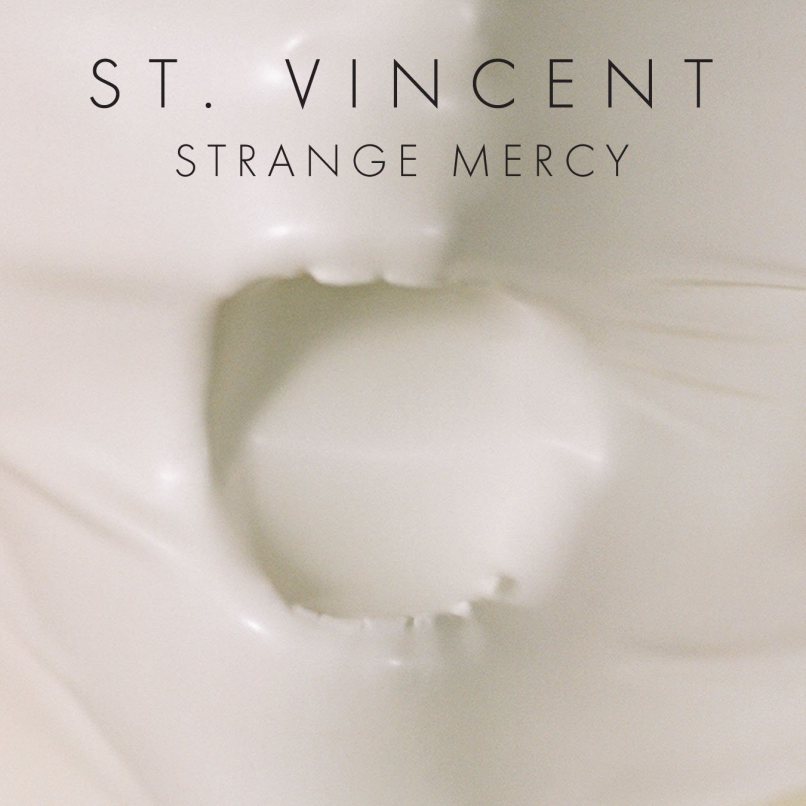
Strange Mercy is a masterwork of contradiction, inconsistency, and ambiguity. Annie Clark’s lyrics repeatedly reference entertainers, film, and the very idea of performance, yet the line between the singer-songwriter and the troubled characters she inhabits has never been less distinct. Her arrangements are designed scrupulously, yet they fluctuate and implode in disorienting ways. Some songs build endlessly, only to suddenly end without peaking, while others climax with a blinding intensity. But perhaps more than any other element, it’s Clark’s range of guitar tones — used to simulate everything from nervous breakdowns to the Aurora Borealis — that keep Strange Mercy on such exhilaratingly unstable footing.
5. THE BREEDERS – LAST SPLASH (1993)
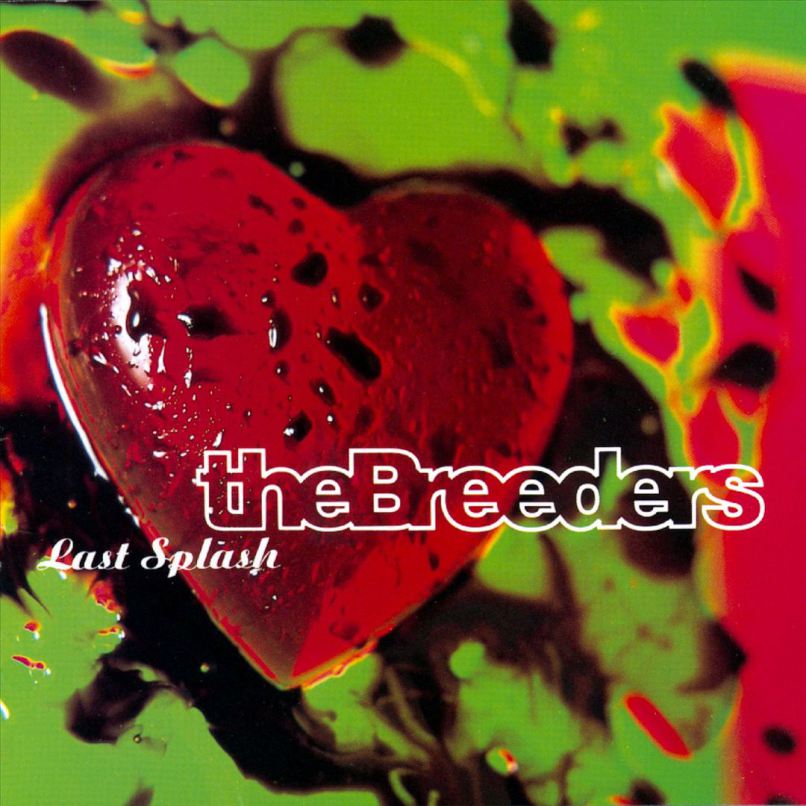
A fun game: name your favorite Pixies song that could’ve been a major hit. “Here Comes Your Man” certainly had some crossover potential. And what about “Debaser”? Or “Dig for Fire”, perhaps? Now contrast these songs with Last Splash single “Cannonball”, and you’ll immediately see why The Breeders were more commercially successful then Pixies could’ve ever hoped to be. As a member of Pixies, Kim Deal’s honeyed, husky vocals and buoyant bass were generally used as an ironic foil to the darker whims of Black Francis (the brilliant “Gigantic” being one of a few major exceptions). As The Breeders’ primary songwriter, Deal’s bright eccentricities were foregrounded, making Last Splash the most extroverted album 4AD had released as of 1993. “Cannonball” may be the best moment, but it’s hardly an anomaly; this platinum-selling record bristles with songs nearly as immediate. The album is an essential transmission from a time when the term alternative rock actually meant something.
4. THIS MORTAL COIL – IT’LL END IN TEARS (1984)
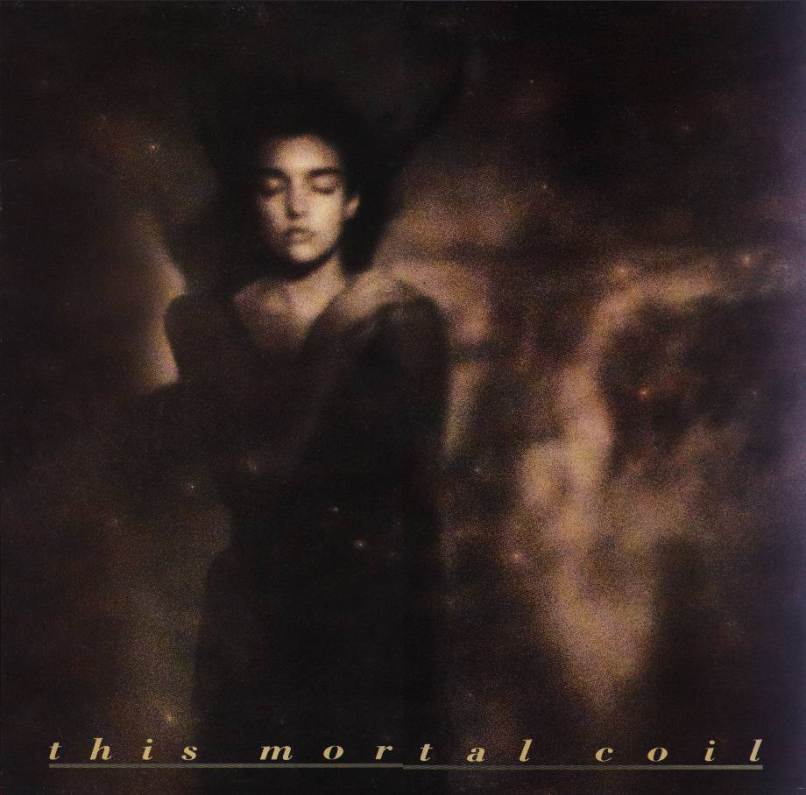
Plenty of albums have been described as cinematic, but few fit the bill as well as It’ll End in Tears, the 1984 debut from This Mortal Coil. 4AD honcho Ivo Watts-Russell helmed this recording project, serving as more of a director than a bandleader; the label boss simply gathered signees and friends, overseeing as they contributed instrumentals and covers of his personal favorite songs. Go-to producer John Fryer treated reverb like a sort of lead instrument, creating a misty, widescreen atmosphere pitched somewhere between the realms of sweet dreams and nightmares. Cocteau Twins vocalist Elizabeth Fraser even offered up a left-field hit with her absolutely bewitching interpretation of Tim Buckley’s “Song to the Siren” (incidentally, the song later showed up in a film directed by one of cinema’s great dream-weavers, David Lynch). When people talk about “the 4AD sound,” this is the kind of music they have in mind.
3. DEERHUNTER – HALCYON DIGEST (2010)
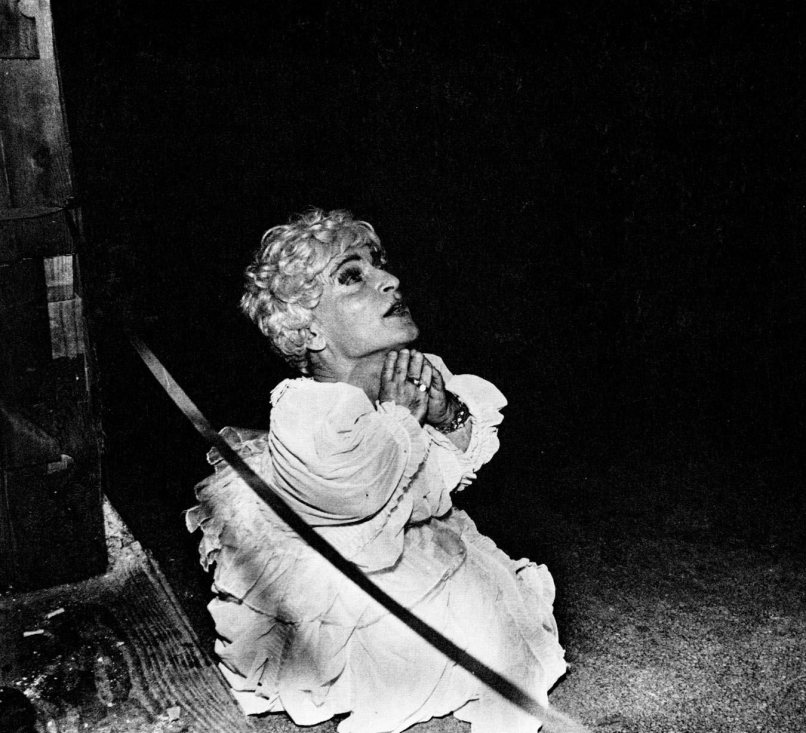
Considering the truly impressive diversity of 4AD’s current roster, it’s only fitting that the band that set a new standard for indie rock eclecticism should’ve ended up on the label. Flashes of shoegaze, dirt-flecked roots rock, meditative ambience, and ‘50s teen idol naiveté populate Halcyon Digest, Deerhunter’s fifth and best album. Yet the music here couldn’t be confused with the work of any other band. Producer Ben H. Allen’s aqueous soundscapes clearly posit Halcyon Digest in a post-Merriweather Post Pavilion timeline, though the pop classicism of singer-songwriter Bradford Cox lends the album a timeless quality. Highlights “Fountain Stairs” and “Desire Lines” are guitarist Lockett Pundt’s definitive ascents into circular psych, but Cox’s own “Helicopter” is the stunning, swooning centerpiece that elevates the record to towering heights.
2. COCTEAU TWINS – HEAVEN OR LAS VEGAS (1990)
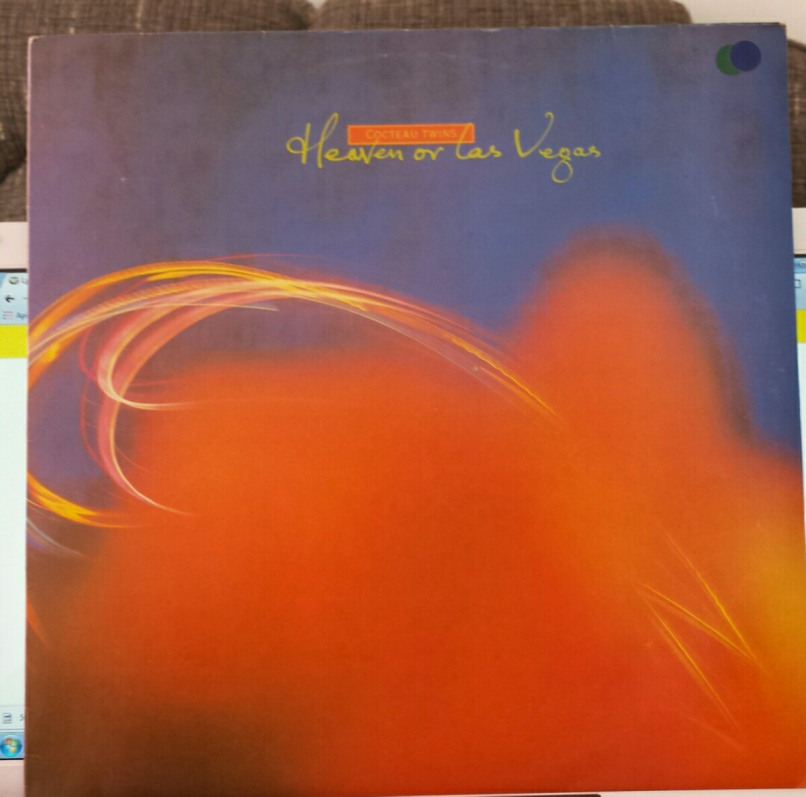
1990’s Heaven or Las Vegas stands as the crystallization of everything Cocteau Twins and 4AD had strived toward throughout the ‘80s. From the start, the label and its flagship band had sought new pop forms that could both mystify and envelop, a kind of music that would reveal new depths each time it was played. On Heaven or Las Vegas, Cocteau Twins found what they’d been searching for.
The album doesn’t overwhelm with an excess of layers. Instead, individual sounds (especially Robin Guthrie’s guitar textures) were labored over with painterly care, which resulted in the most vivid music Cocteau Twins would ever produce. Elizabeth Fraser’s bell-like vocals were also mixed more clearly, but the way she elongates and folds syllables keeps the words themselves just out of reach. It’s an approach that allows listeners enough room to intuit traces of their own hopes and fears among Fraser’s impassioned bellows and coos. Only My Bloody Valentine’s Loveless and Brian Eno’sAnother Green World rival the balance of emotional engagement and sonic abstraction found on Heaven or Las Vegas.
1. PIXIES – DOOLITTLE (1989)

Source: consequenceofsound.net
Let us know what you think by commenting below! Sign In or Post as a Guest.


